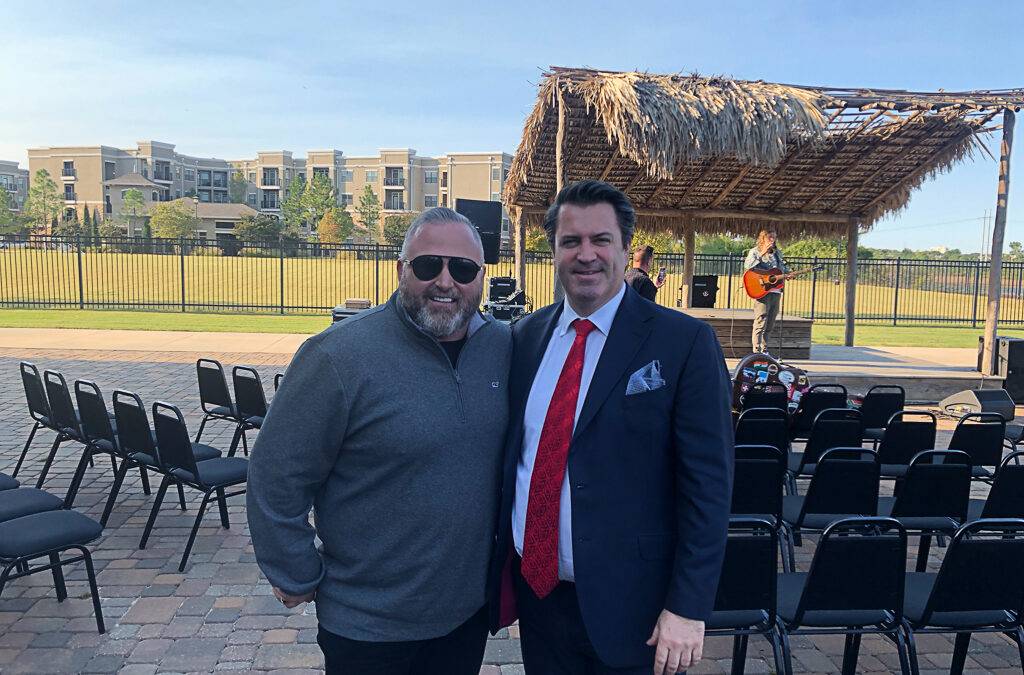Dynamite dynamite dynamite. This is the lawyer, James, the dynamite audio program. It is the absolute best audio content by New York Business Attorney in both transactional and litigation practice areas. And it is helpful for all industries. Now here’s today’s episode. One more thing. Before we get started, you can reach me online by visiting my website, the lawyer james.com. The lawyer james.com. The lawyer james.com. You can call me at (212) 500-1891. That’s the office (212) 500-1891 (212) 500-1891. You can contact me by email at James at the lawyer. james.com. James at the lawyer, james.com. James at the lawyer, james.com or by text message at (917) 783-3153. Text message (917) 783-3153 that’s (917) 783-3153.
In this episode, I want to talk about litigation fatigue. It’s called litigation fatigue. Now what is litigation fatigue? Again? This is all in the context of the anatomy of a lawsuit series and the anatomy of a lawsuit series. When we take you through, guess what? The anatomy of a lawsuit New York Business Attorney. So what does a lawsuit look like? We’ve got the parties, the plaintiff and defendant. We’ve got the complaint that’s filed. We’ve got the answer or motion to dismiss is found in pre-answered motion. We have a, uh, discoveries. Uh, we have depositions, we have interrogatories. We have documentary discovery. We have after that, uh, documentary discovery and in terms of derogatory discovery and deposition discovery have a potential for a motion for summary judgment. Then we have, uh, pretrial stuff and then the trial. And then after that, there is the appellate process and there’s also other topics that we covered.
So from the next perspective, litigation, fatigue, litigation, fatigue. What, what is it and who does it affect? Well, litigation fatigue. What is it? Litigation fatigue is where one party gets so tired of the litigation that they basically give up. Now, if they’re a defendant and they give up, that means that, uh, while one or two things that happened, one, if they completely give up and don’t really reach a settlement, then they get a default or the potential for a default judgment against them. And then that judgment is enforced and, uh, assets and bank accounts and all that other stuff can be in at risk. Uh, if they, if they give up and throw up their hands and their arms and are like, okay, I give up, what will it take to make this stop and go away? It could be, um, Pam, the money, it could be the performance of something.
It could be the handing over of an asset. Uh, and that’s from the perspective of the defendant, if it’s from the perspective of plaintiff and there’s no counterclaims, that means that the plaintiff just stops because it realizes that realizes that there’s no yall likelihood of recovery or that the, the case will really, you know, proceed anywhere. Now, it, it affects all types and it can be either just a function of the parties, just losing interest in the case, or it can be a little bit more deliberate if it’s a function of the parties, just losing interest in the case New York Business Attorney. And when I say the parties just be, let’s be clear here. We’re talking about a plaintiff from a plaintiff perspective. They’re the one that initiated the lawsuit and it’s their duty to kind of carry the ball forward, to kind of hold the torch and, you know, prosecute its case and pursue its case.
Am I say prosecutor? I don’t mean criminal prosecution. I mean, just to carry out the, the accident has to carry out according to law in order to recover. And that’s both procedurally and substantively. So the plaintiff, if it drops the ball because it gets fatigued, that’s a good thing for the defendant, because then the defendant doesn’t have to worry about a judgment getting entered in against it or, or having some relief granted against it. Uh, when the there’s the plaintiff that files a lawsuit against the defendant and the defendant asserts counterclaims well, if that plaintiff feels a little bit of litigation fatigue and is like, ah, maybe I shouldn’t pursue this. Then if they just drop off the face of the earth, their initial affirmative claims go away. And the counterclaims against them are still very much alive. Even if the plaintiff just throws up its arms and walks away.
Now it would be up to the defendant in that instance to pursue the counterclaims. But they’re still very, very alive and well I’m strong except if, and when the plaintiff and defendant come to a consensual resolution, both throw up their arms and decide to walk away New York Business Attorney. So that’s kind of like the touchy feely or, you know, circumstantial, I would say, I don’t even know if that’s the right word for this, but the circumstantial type of litigation fatigue, there is other types of litigation team, and that is intentional. So I guess we can call the other stuff, perhaps unintentional litigation fatigue. And then this is what I’m about to tell you about it’s it’s intentional litigation fatigue. And this is primarily the w intentionally inflicted by the one who has a claim asserted against that party. So that would be in the case of an affirmative claim against the defendant, by the plaintiff, against the vendor, that would be the defendant and the other way around, if the defendant sort of counterclaims that counterclaim against the plaintiff.
Now, how does a litigant, you know, let’s just use the simplest example, which is a defendant in this case. So the plaintiff files a complaint against the defendant and the defendant has to answer or respond. And then it’s, it’s defending itself from the Plains. And so the, the plaintiff is forever trying to inch forward. And the defendant in most instances is trying to stop that momentum going forward. And how can that be done? Well, if you can give me done by, by employing a number of procedural devices, and he talked about them in some other episodes, and those include primarily motions, and this would be like a motion, a motion to dismiss could be used as a procedural device to drag things out. It can be other motions in the context of a discovery. It can be a motion, not necessarily for summary judgment, because that could speed things up.
However, it could also, you know, slow things down just by virtue of filing a motion. It takes the, the litigation and the case off one track and puts it on a much, much slower track because a lot of people that don’t do this every day, get frustrated about you have a situation where there’s a, let’s say you want to get something in front of the judge. And as part of the record, or you want to make an argument, or you want to have some kind of a, of a finding, you know, something like that, then what you need to do is make a motion for the core, make sure that it is, you know, considered, uh, the, you have to give the other side an opportunity to respond. Then you have the time to apply it. And then the judge considers it. And then once the judge judge considers it, he or she can order, uh, oral argument.
And if there’s oral argument, you have to wait to schedule that. And once you schedule oral argument, the parties argue. And once the parties argue, the judge can decide it right away. Or the judge can take it under advisement and decide it later. And I think in one case, it took about a year and a half for the judge to decide the motion. So that can certainly take things off the fast track and put on the slow track. I think a colleague of mine said that one time he filed the motion, or there was a motion in his case, and it took the judge nine years to decide the motion nine years New York Business Attorney. Let me say it again, took the judge nine years, you know, to, to decide the motion that you know, people could forget about it, move on and have a complete change of circumstances.
In nine years, companies go bankrupt millionaires are made, um, climates, potentially change. People, move, people, die, people, expand their families and contract their families a lot can happen in nine years and circumstances can change in nine years. And guess what New York Business Attorney? After nine years, do you think that I know some people might even forget about the case. Some people might even not want to pursue it anymore after nine years, you know, they were all emotional perhaps in the beginning or, or gung ho. And then even after a few months, they might get sick and tired of it. So mitigation fatigue, just to wrap it up is when parties get tired of litigating, they simply go away. And that is the essence of what litigation fatigue is. It affects everybody. It affects, it can affect all parties, litigant, um, and most likely in the typical sense when there’s no counterclaims would, uh, the plaintiff would be the ones that would get fatigued because it would be a tired of pursuing the case. And although it could happen with the defendant, but then he could say, okay, fine, forget it. I’m done. What do you offer that makes us go like, alright, litigation fatigue. As part of the anatomy of a lawsuit series
Online by visiting my website, the lawyer james.com, the lawyer james.com. The lawyer james.com. You can call me at (212) 500-1891. That’s the office (212) 500-1891 (212) 500-1891. You can contact me by email at James at the lawyer, james.com. James at the lawyer, james.com. James at the lawyer, james.com or by text message at (917) 783-3153. Text message. (917) 783-3153 that’s (917) 783-3153.

